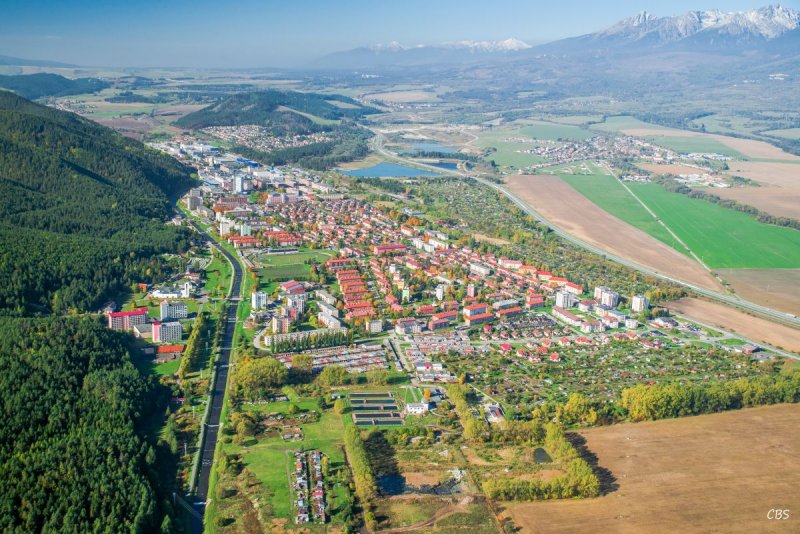Svit

Memorandum of cooperation of 12 April 2016
Population – 7800 residents
Territory – 4,506 km²
Country – Slovak Republic
Region – Prešov
Mayor – Dáša Vojsovičová
Official website: https://www.svit.sk
Svit is a town in the north of the Slovak Republic, Prešov Region. Nestled in the river Poprad valley at an elevation of 763 metres above sea level, it lies at the foot of the High Tatras, approximately 8 km west of the city of Poprad.
History
Established in 1934, Svit is one of Slovakia's youngest towns. The Baťa Company from Zlín purchased land from the village of Veľká to construct a viscose fibre production plant, leading to the town's foundation. The name "Svit" is derived from the Slovak acronym for "Slovenská Viskózová Továreň" (Slovak Viscose Factory). The town was officially granted city status on 30 May 1962.
Economy
Svit's economy is predominantly industrial, with several factories and enterprises employing approximately 70% of the population. Key industries include: Chemosvit (specialising in the production of artificial fibres, films, and cellophane), Tatrasvit (known for manufacturing underwear and hosiery), a meat processing plant contributing to the local economy.
Tourism
Surrounded by the picturesque landscapes of the Tatra National Park and the Low Tatras National Park, Svit offers abundant opportunities for tourism. The nearby Lopušná Valley, located just three kilometres away, serves as an ideal centre for both summer and winter sports. It features ski trails with artificial snow, three ski lifts, and a ski school. Accommodation is available in local hotels and cottages. Visitors can also explore nearby national parks, such as the Pieniny National Park, which offers exciting rafting experiences on the river Dunajec, and the Slovak Paradise National Park.
Culture and Recreation
Residents and visitors of Svit can engage in various cultural and sporting activities. The town boasts two cultural centres, a gymnasium, an indoor swimming pool with a rehabilitation centre, tennis courts, a bowling alley, a multifunctional stadium, and two ice hockey rinks that serve as public skating venues during winter. The area also features Roman Catholic and Evangelical churches of the Augsburg Confession, which, along with the House of Mourning, form a notable architectural ensemble.
